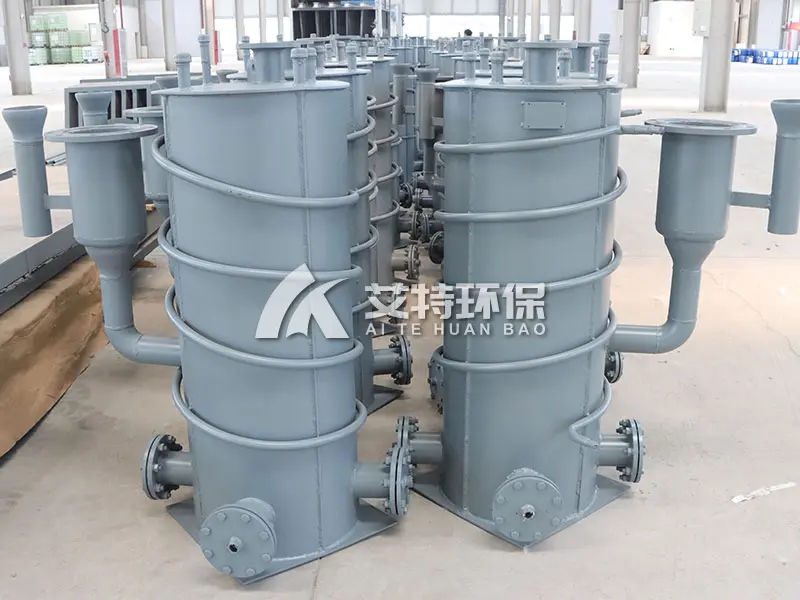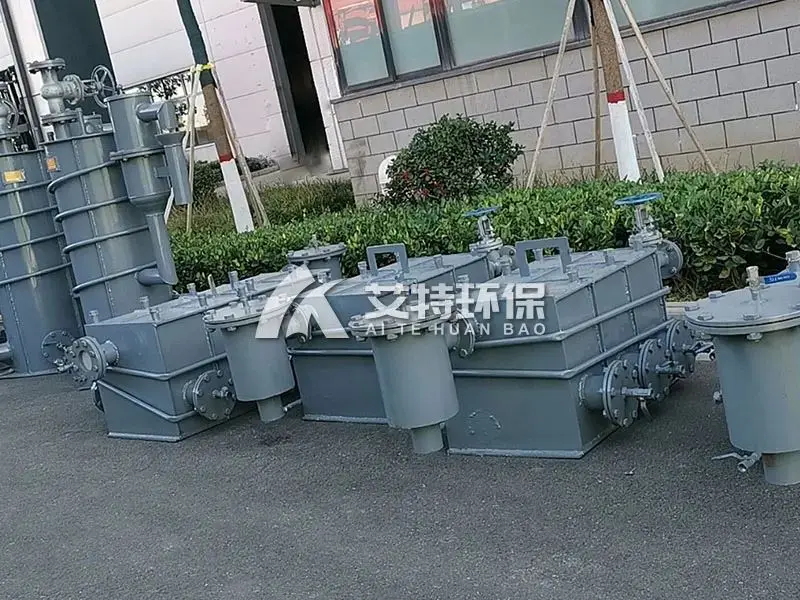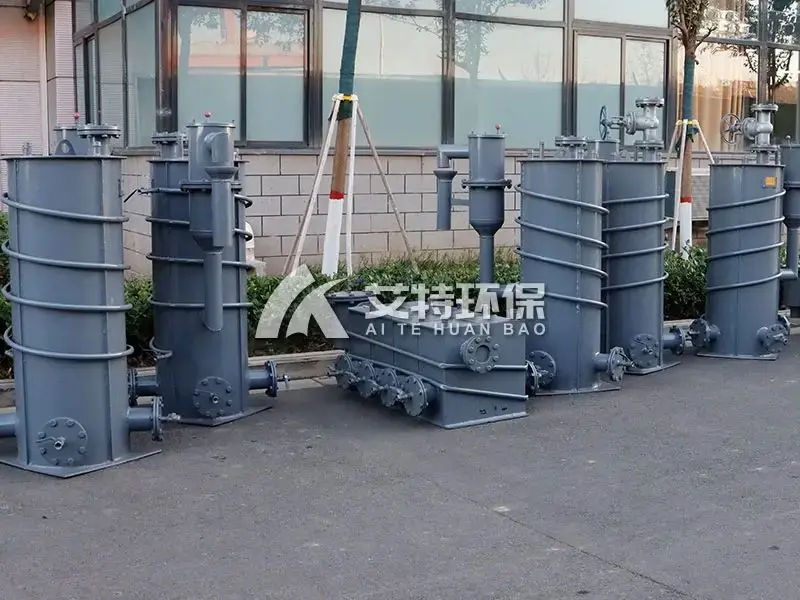The gas drainer is mainly composed of the overpressure protector device of the drainer body and the electric heat tracing device. Mainly used for the removal of condensed water in overhead gas pipelines.

The gas pipeline transports gas saturated with water vapor, as well as mechanical water carried by the airflow, as well as impurities such as phenol, naphthalene, oil mist, and solid dust particles. Electrochemical corrosion; when there is a lot of condensate, the gas pressure will fluctuate, and the accumulation of condensate will reduce the pipeline section, increase the pressure drop, and form a water seal in the low-lying section to stop the gas transmission, and even cause the pipeline load to be too large or the pipeline to vibrate. If it sways and collapses, the drainer can discharge the condensate from the pipe network. The normal operation of the drainer is an important guarantee for the transmission and use of gas.

There are many things that need to be paid attention to in the daily use of the gas drain. So, what are its inspection steps and common problems? Let's have a simple understanding with the editor of Aite!
1. Observe whether there is overflow water flowing out of the overflow port and whether the water supply is normal. If there is no overflow water or no water supply, check whether there is a problem with the water supply pipe and deal with it in time.

2. Open the test head, if there is gas rushing out, the drainer is normal; if there is water flowing out and gas rushing out after draining, the lower part of the gas drainer is blocked, close the lower gate valve, open the hand hole, clean it and then resume use; If no gas is flushed out after draining the water, the upper part of the downpipe of the drainer is blocked, the lower gate valve is closed, steam or nitrogen is introduced into the test head, and the downpipe is cleared for use. If it still cannot be dredged after taking measures, plug the blind plate of the downpipe, deal with the drain or replace it with a new drain.

3. Observe whether there is water leakage in the drain valve. If there is water leakage, close the lower gate valve and deal with it in time.
4. Check the floating simple and conical sealing gasket of the anti-leakage device every month to observe whether the floating simple is deformed, corroded or leaked: whether the sealing gasket is worn. When dealing with the fault of the drain, the staff should be equipped with personal protective measures such as air respirator.

The main gas drainer needs to be checked regularly. If the amount of drainage and sewage discharge is large, the number of drainage and sewage discharge can be increased. Wear a CO detector when conducting inspections, and at least two people work. When dealing with the fault of the drain, the staff should be equipped with personal protective measures such as air respirator.
Previous article: Inspection steps for leak-proof gas drain
Next article:What factors will affect the water output of the quartz sand filter?